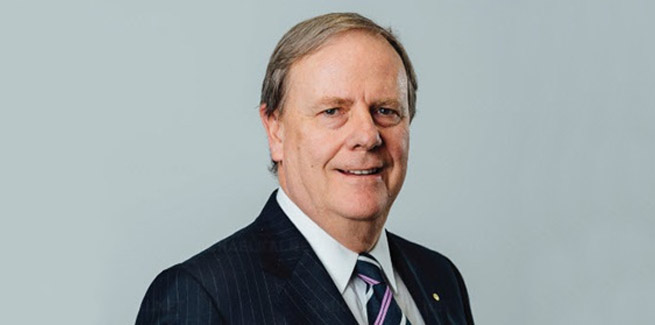In an address at a Yahoo Finance event in Sydney, former Commonwealth treasurer Peter Costello has noted the challenges facing the Reserve Bank of Australia (RBA) as it responds to “abnormal” economic environment.
Mr Costello, who served as treasurer in the Howard government from 1996 to 2007, pointed to a dichotomy in the domestic market, where interest rates are historically low despite stable economic conditions.
“The indicators of the Australian economy are reasonably good,” he said. “Yet, we have interest rates which are near-emergency levels.
“What do we conclude from that? That the interest rates are wrong? Or do we put it the other way around and ask ourselves well where the economy would be if the interest rates were normal?”
“Do we look at an economy that’s reasonably good on the indicators and say the glass is half full? Or do we look at it [as] an economy which is propped up by emergency interest rates and say, actually it’s half empty.”
Mr Costello added: “This is the big conundrum.”
The former treasurer noted the shift in the RBA’s monetary policy outlook, from expectations of a hike in interest rates in early 2019 to a clear easing strategy that led to cuts in June and July.
Mr Costello said that the shift in the RBA’s attitude came in response to expectations of monetary policy easing from its foreign counterparts in Japan, Europe and the United States – evidenced by recent comments made by RBA governor Philip Lowe.
According to Mr Costello, recent interest rate cuts from both the US Federal Reserve and the European Central Bank (ECB) would place pressure on the RBA to cut rates further in order to suppress the value of the Australian dollar.
Reflecting on Mr Lowe’s remarks, the former treasurer said: “If everybody else in the world is cutting rates and we don’t follow, our exchange rate will go up – there's a bit of a race to have the lowest exchange rate at the moment.
“In the trade, it’s known as the race to be the shortest pygmy – rates are all going down and you want to be the shortest pygmy in the room.
“The US wants to devalue, Europe wants to devalue, [and] Brexit’s [probably] going to fix the pound’s devaluation.”
Mr Costello noted that a rising Australian dollar would create an obstacle to the RBA’s target of lower unemployment.
“We don’t want the Australian dollar going up at a time when everybody else is going down so to a degree, if everybody else is into rate cuts, we’ll be part of it as well because we want that stimulation of a competitive exchange rate, and I think that’s a very big part of the [RBA’s] thinking at the moment.”
Analysts are expecting at least one additional cut to the cash rate from the RBA before the close of 2019.
According to AMP Capital chief economist Shane Oliver, the central bank may lower rates twice in the coming months, taking the cash rate to a new record low of 0.5 per cent.
However, Mr Costello has cast doubt over the stimulatory impact of rate cuts on the broader economy.
“What will a rate cut do for the economy? In my view, not much,” he said.
“We’ve already got a cash rate of 1 per cent, suppose it goes to 0.75 per cent, suppose it goes to 0.5 per cent – [you won’t hear] all these people that are holding off spending or borrowing or investing saying, ‘I wouldn’t have done it at 1 per cent, but I’m going out there now that it’s 0.75 per cent’.”
The RBA’s next monetary policy board meeting will be held on Tuesday, 1 October.
[Related: RBA heeds global shift, hints at more cuts]
 ;
;
